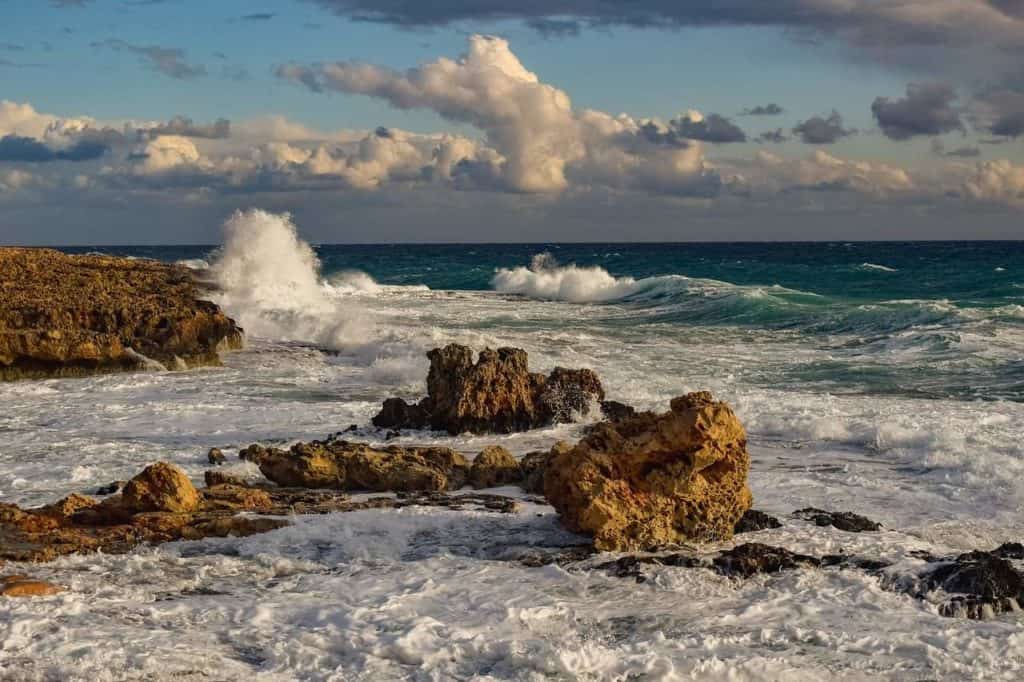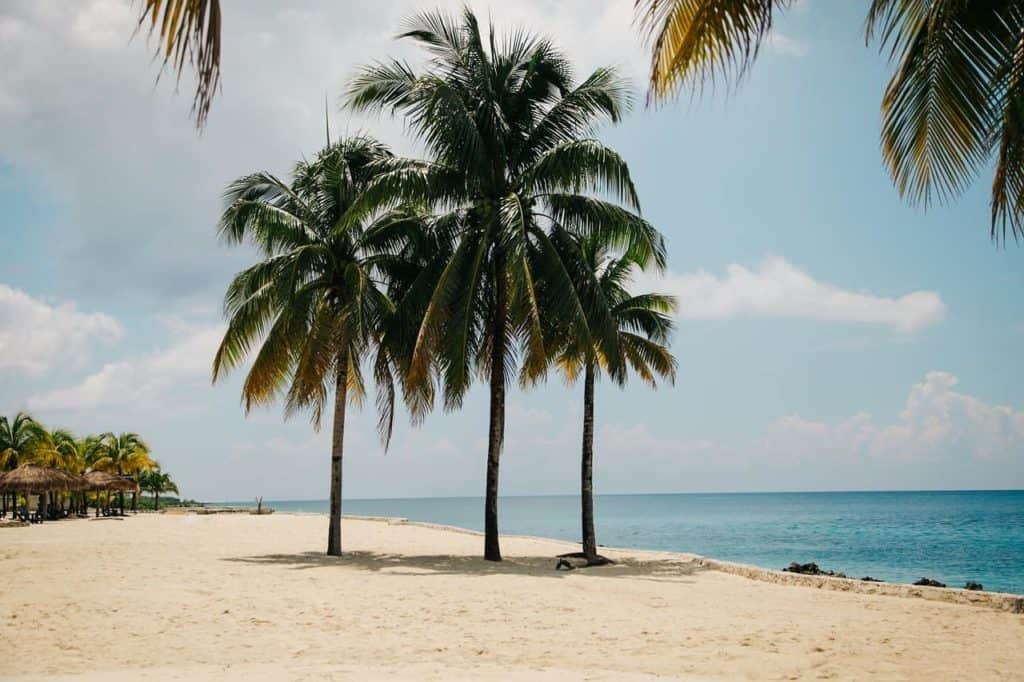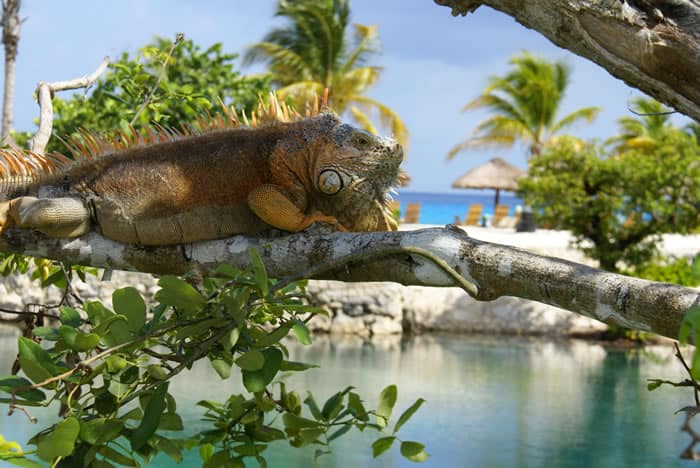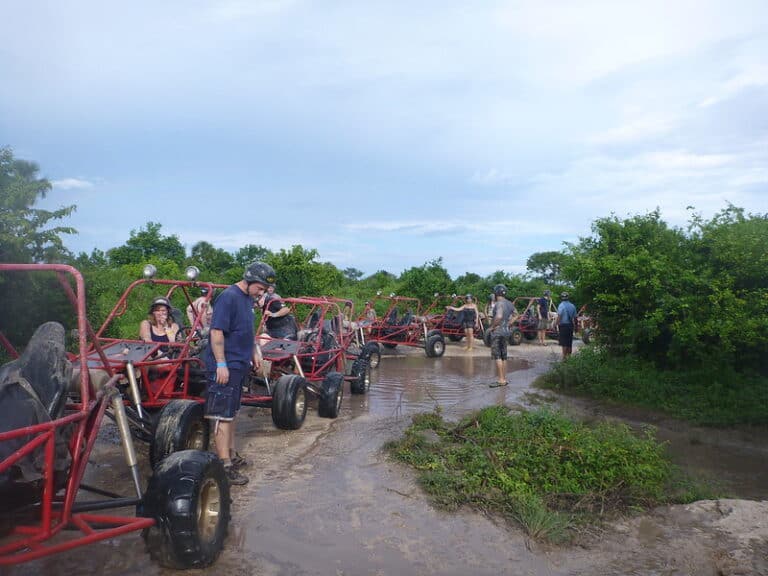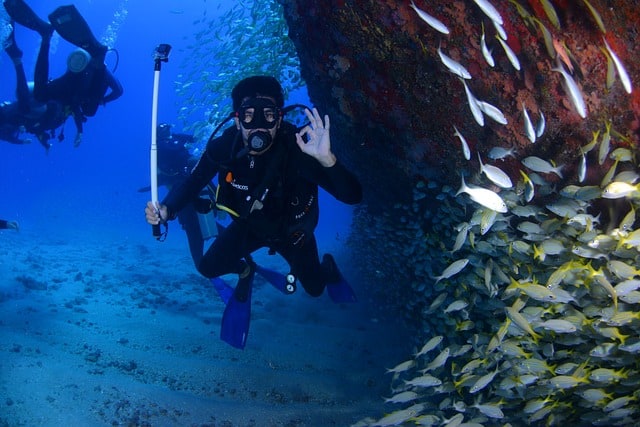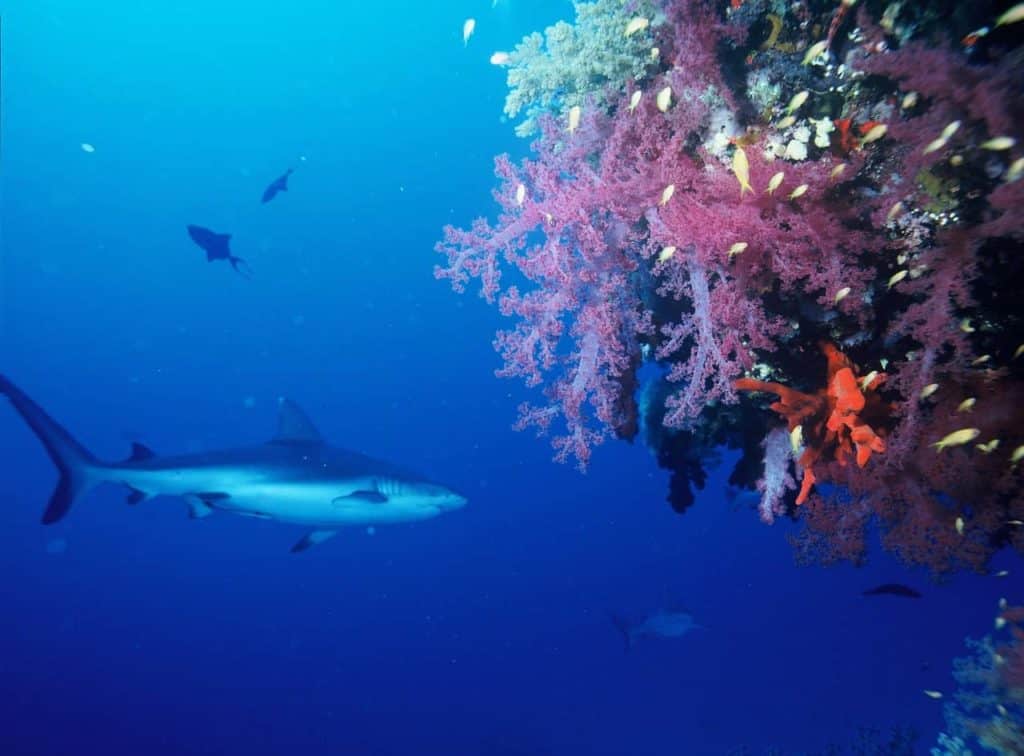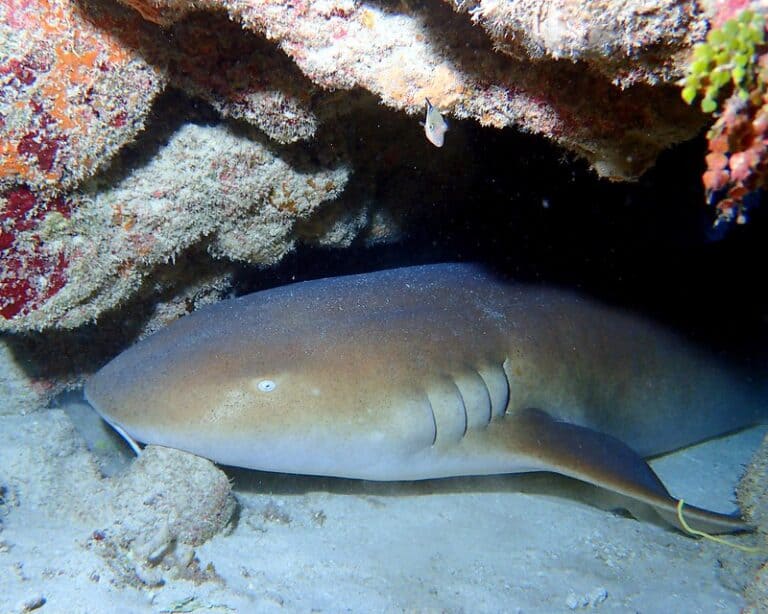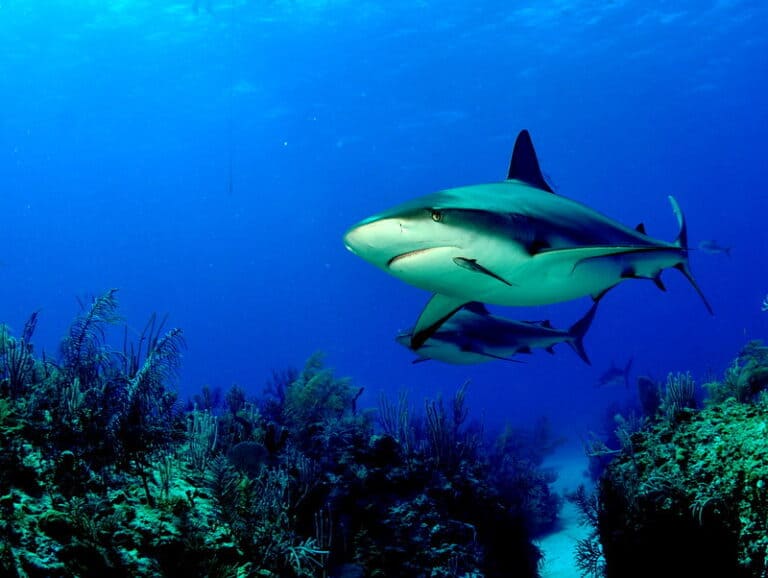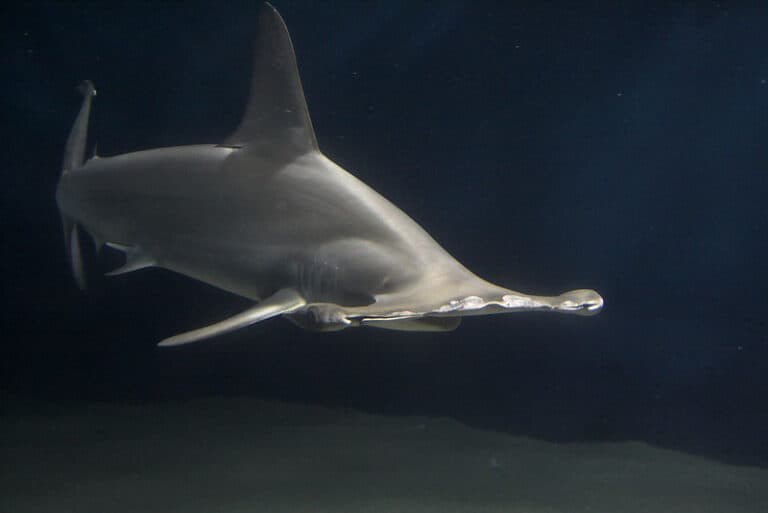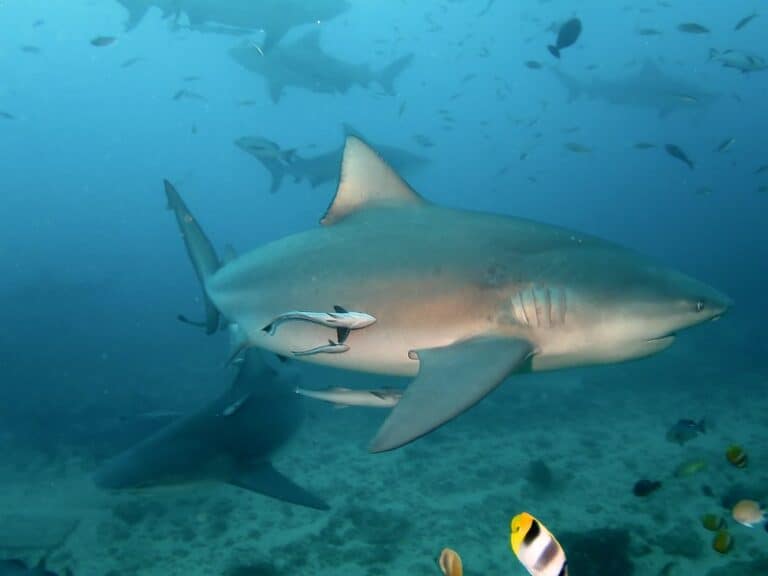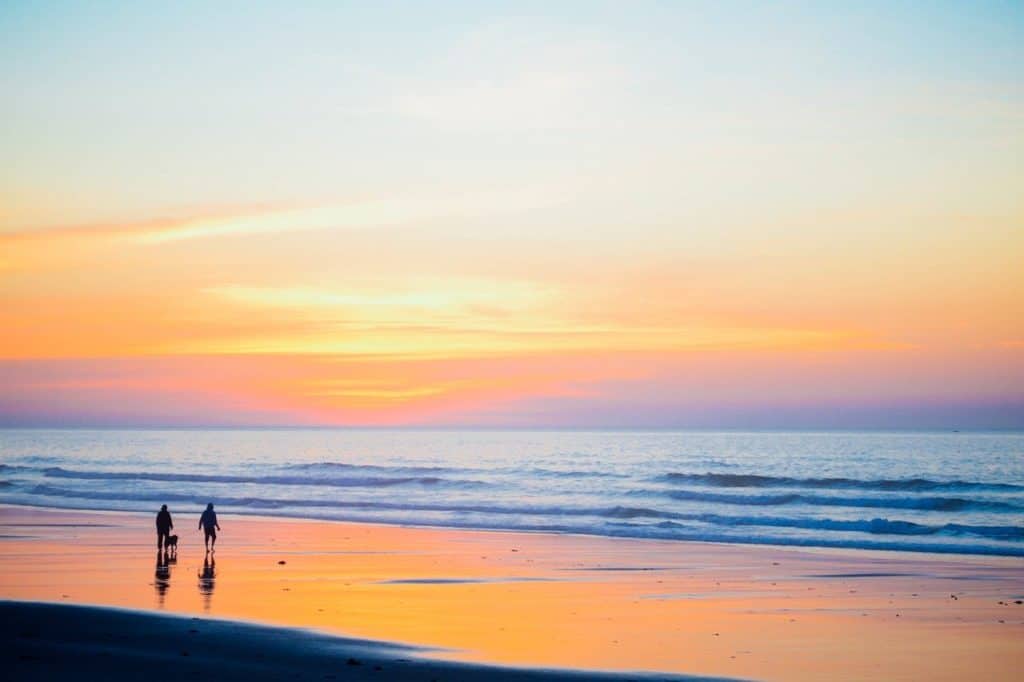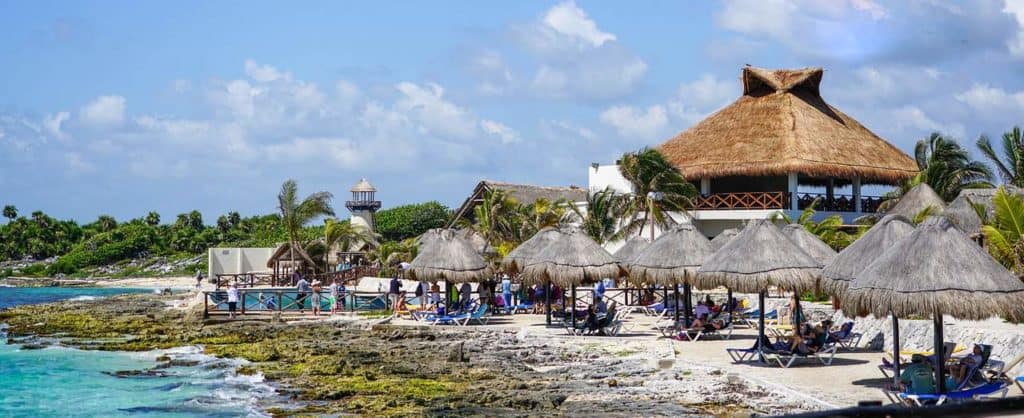What is there to do for Singles in Cozumel?
Things to Do Alone in Cozumel for Singles: Why It’s Perfect for Solo Travelers
Honestly? I used to think Cozumel was strictly a couples and families territory. You know, all those romantic sunset dinners and family snorkeling adventures plastered across travel brochures. But after fifteen years of hosting guests at our villa, I’ve watched countless solo travelers discover something pretty amazing here.
They arrive looking a bit uncertain, maybe wondering if they made the right choice. Then they leave with that glow that only comes from a truly great solo adventure. Let me tell you why Cozumel might just be the perfect single-traveler destination you never considered.
Cozumel is the ideal spot for singles seeking both adventure and relaxation, offering a unique blend of excitement and tranquility that makes it stand out among island destinations.
Welcome to Cozumel: Your Solo Adventure Starts Here
If you’re dreaming of a destination where you can truly unwind, explore, and connect with both nature and new friends, Cozumel is calling your name. This tiny island in the Caribbean Sea, just off Mexico’s Yucatan Peninsula, is a solo traveler’s paradise. Cozumel offers a laid-back vibe that instantly puts you at ease, whether you’re a seasoned solo adventurer or dipping your toes into solo travel for the first time.
The island is famous for its beautiful beaches and incredible coral reefs, part of the world-renowned Mesoamerican Barrier Reef System. If you love snorkeling or scuba diving, you’ll find yourself in underwater heaven, with crystal clear water and a kaleidoscope of marine life just waiting to be discovered. And if you’re a solo female traveler, you’ll appreciate how welcoming and safe Cozumel feels, with a community that embraces visitors from all walks of life.
But Cozumel isn’t just about sun and sea. The nightlife scene in San Miguel de Cozumel is vibrant yet approachable, offering everything from lively beach bars to cozy local hangouts. Whether you want to dance the night away or simply sip a cocktail as the sun sets, you’ll find your perfect spot. In short, Cozumel is the kind of island where solo travelers can relax, explore, and create their adventure at their own pace.

Getting to Cozumel: The First Step to Freedom
Reaching Cozumel is refreshingly straightforward, giving you more time to focus on the fun parts of your trip. If you’re flying in, Cozumel International Airport welcomes direct flights from several major cities, including seasonal routes with airlines like West Jet. Prefer to start your adventure on the mainland? Hop on the ferry from Playa del Carmen—a scenic 45-minute ride across the turquoise Caribbean. If you’re coming from Cancun, it’s easy to catch a bus or taxi to Playa del Carmen’s ferry dock, making the journey smooth and stress-free.
Cozumel is also a favorite stop for cruise ships, which means the island buzzes with energy on port days. While many visitors only stay for a day trip, you’ll get so much more out of your visit by spending a few nights and truly soaking up the island’s charm. For peace of mind, especially if you’re arriving solo, consider booking airport transfers with a reputable service—this way, you’ll be whisked straight to your hotel or villa without any hassle. However you arrive, the moment you step onto the island, you’ll feel that unmistakable sense of freedom that comes with solo travel.
Where to Stay: Solo-Friendly Accommodation Picks
Finding the right place to stay can make all the difference on a solo trip, and Cozumel has you covered with options for every style and budget. If you’re looking for a social atmosphere with the comfort of private rooms, check out hotels like Stingray Villa Cozumel or Kinta Kan Hotel Boutique—both offer a welcoming vibe and easy access to the beach. Hostel Auikyani is a great pick for those who want to meet fellow travelers, with communal spaces and the option to book a private room for a little extra privacy.
Many hotels and beach clubs provide beach chairs and lounge chairs, so you can relax in style between snorkeling or scuba diving sessions. If you prefer a home-away-from-home experience, consider renting an apartment or vacation rental—perfect for cooking your own meals and enjoying a bit more independence. No matter where you stay, you’ll find that Cozumel’s accommodations are designed with solo travelers in mind, making it easy to unwind, meet new people, and dive into everything the island has to offer.

The beach scene that actually works for solo spirits
Here’s the thing about Cozumel’s beaches that surprised me most. They’re not intimidating for solo travelers like some Caribbean destinations can be. You won’t find aggressive vendors every five minutes or that awkward feeling of being the only person without a partner.
Take Paradise Beach, for instance. Sure, it gets busy with day-trippers from cruise ships, but something is refreshing about the mix. You’ve got families, couples, groups of friends, and plenty of other solo adventurers. Joining a group can be a great way for singles to enhance their social experience, meet new people, and share memorable moments. The atmosphere is relaxed enough that striking up a conversation feels natural, not forced.
The sun here has this particular quality that makes everything feel possible. Maybe it’s the angle, or the way it reflects off that impossibly blue Caribbean water. Whatever it is, I’ve watched people transform from tentative solo travelers to confident island explorers within hours of hitting the sand.
And if you’re more of a quiet beach person? Head to the eastern shore early morning or late afternoon. The beaches there are wild and beautiful, perfect for that soul-searching walk along endless stretches of untouched coastline. Playa Chen Rio, a secluded and scenic beach on the east coast, is an ideal spot to relax away from the crowds and enjoy Cozumel’s natural beauty.
Night moves: where the social magic happens
Centro San Miguel transforms after dark, and this is where solo travel in Cozumel gets interesting. The nightlife here isn’t pretentious or exclusive. Cozumel is home to several popular bars that attract both locals and visitors looking for a lively night out. It’s genuinely friendly, probably because everyone’s in vacation mode and the island vibe just makes people more open.
Señor Frog’s might seem touristy (and it is), but there’s a reason it works so well for meeting people. The energy is infectious, the music gets everyone moving, and honestly, it’s hard to stay shy when there’s a conga line forming. I’ve seen reserved accountants from Minneapolis become dance floor legends there.
For something with a bit more local flavor, La Internacional Cerveceria serves up craft beer alongside that easy Caribbean conversation style. The crowd tends to be a mix of expats, locals, and travelers who’ve done their homework. Perfect for those deeper travel conversations that happen when you’re three drinks in and feeling philosophical about life.
Metropolitan offers a more upscale vibe if that’s your scene. Better cocktails, slightly older crowd, and the kind of atmosphere where you can hear yourself think between songs.

Your solo nightlife roadmap (because variety is the spice of island life)
Look, I could spend hours telling you about each spot, but sometimes you just need the practical list. Here are the places where solo travelers consistently have great experiences:
The Classic Tourist Fun:
Señor Frogs (Av. Rafael E. Melgar 599) – Yes, it’s touristy, but it works
Carlos & Charlie’s (Carretera Cozumel Sur Km 14 +250) – Further out but worth the trip
Viva Mexico (Av. Rafael E. Melgar 801) – Exactly what it sounds like
The Local Favorites:
La Internacional Cerveceria (Avenida Rafael E. Melgar 590) – Craft beer heaven
Thirsty Cougar (Calle 3 Sur entre Rafael E. Melgar) – Don’t let the name fool you
Wet Wendy’s (5a. Avenida Rafael E. Melgar 2 km) – Quirky and fun
The Upscale Options:
Metropolitan (Av. Rafael E. Melgar 125) – Sophisticated cocktails
Turquoise Beach Bar (Avenida Rafael E. Melgar 2) – Beachfront elegance
The Beach Club Scene:
The Money Bar Beach Club (Carretera Costera Sur) – Day drinking done right
Coconuts Bar & Grill (Carretera Costera Oriental) – Relaxed beach vibes
Playa Palancar (San Miguel) – Tranquil beach with comfortable lounge chairs, umbrellas, and on-site dining, making it one of the best beaches for relaxation
Palancar Beach (San Miguel) – Perfect for sunset drinks
Each spot has its own personality, and honestly, part of the fun is discovering which ones click with your travel style.
The breakfast club phenomenon (and why it’s genius)
You know what’s brilliant about the Men’s Breakfast Club meeting every Friday at Casa Mission? It solves the biggest challenge of solo travel: making genuine connections beyond small talk.
These aren’t networking events disguised as social gatherings. They’re real conversations between people who’ve chosen to experience the world independently. The mix is fascinating. Retired teachers from Ohio, tech entrepreneurs taking sabbaticals, divorced guys rediscovering adventure. All sharing stories over excellent coffee and surprisingly good breakfast food.
The Ladies Breakfast Club on Wednesdays has the same magic. I’ve watched friendships form that last years beyond single Cozumel visits. Women sharing travel tips, recommending hidden restaurants, sometimes even planning their next adventures together.
What strikes me most about both groups is how naturally the local knowledge gets shared. These aren’t tourist information sessions; they’re genuine insider insights from people who’ve actually explored the island.
Beach clubs: your secret weapon for instant community
Here’s something most solo travelers don’t realize until they try it: beach clubs are friendship factories. Seriously.
When you buy a day pass to places like The Money Bar Beach Club or Coconuts Bar & Grill, you’re not just getting beach access. You’re joining a temporary community of people who made the same choice you did. Everyone’s relaxed, everyone’s on vacation, and the shared experience of lounging by perfect water creates instant common ground. Many beach clubs also offer swimming pools and safe areas for swimming, making them ideal for solo visitors who want to enjoy the water.
I’ve watched solo travelers arrive at beach clubs looking hesitant and leave with dinner plans, snorkeling buddies, and sometimes even travel companions for their next destination. There’s something about the combination of tropical drinks, comfortable loungers, and that “we’re all here having an adventure” vibe that breaks down social barriers.
Plus, beach club staff in Cozumel are genuinely friendly, not just professionally polite. They remember your drink order, introduce you to other solo travelers, and often become part of your island social circle.

Shopping therapy, solo style
Let me paint you a picture. You’re wandering through the duty-free shops along Rafael Melgar, no one rushing you, no one commenting on your choices, no one asking, “Do we need another bottle of tequila?” The town center of San Miguel de Cozumel is the main hub for shopping, dining, and people-watching, making it the perfect place to soak in the local atmosphere.
Shopping solo in Cozumel is liberating in ways you don’t expect. You can spend an hour comparing vanilla prices without judgment. You can try on that ridiculously colorful shirt that your friends back home would never understand. You can negotiate for that piece of local art without someone tapping their foot impatiently.
The vendors here are used to solo shoppers, and many are excellent conversationalists. I’ve heard guests come back with stories of spending an afternoon learning about Mayan culture from a jewelry seller or getting invited to a local family dinner by a shop owner who appreciated their genuine interest in Mexican crafts.
Day Trips: Adventures Beyond the Beach
Cozumel’s beaches are legendary, but the island’s real magic often lies just beyond the shoreline. For a taste of history, take a day trip to the San Gervasio archeological site, where you can wander among ancient ruins and imagine life in the time of the Maya. Nature lovers shouldn’t miss Punta Sur Eco Park on the island’s east coast—a stunning reserve where you can spot sea turtles, crocodiles, and other marine life, all with breathtaking views of the Caribbean Sea.
If you’re craving underwater adventure, book a snorkeling or scuba diving trip to explore the incredible coral reefs that surround the island. The marine life here is second to none, and solo travelers often find themselves joining small groups or making new friends on the boat. For a more laid-back day, treat yourself to a beach club experience at spots like Mr. Sancho’s or Playa Mia, where you can lounge in the sun, sip a cold drink, and enjoy amenities like lounge chairs, water sports, and even horseback riding.
And when the sun sets, Cozumel’s nightlife scene comes alive—whether you want to dance, listen to live music, or simply enjoy a quiet drink by the ocean, there’s something for every solo traveler. With so many ways to explore, relax, and connect, Cozumel is the ultimate destination for solo adventurers looking to make every day unforgettable.
The unexpected advantages of going solo
Something interesting happens when you travel alone to a place like Cozumel. Locals and other travelers approach you in different ways. You’re more approachable somehow, less like an impenetrable unit and more like someone open to experiences.
Restaurant owners are more likely to recommend their personal favorites when you’re dining alone. Dive instructors pay closer attention to solo divers. Even other travelers are more inclined to include you in their plans when they see you exploring independently.
Many travel bloggers recommend learning a few basic Spanish phrases to enhance your interactions with locals and deepen your travel experience, even though you don’t need to speak Spanish fluently in most tourist areas.
I’ve noticed solo travelers often end up with the most authentic experiences. They’re the ones who get invited to local celebrations, who discover hole-in-the-wall restaurants that never make it into guidebooks, who form genuine friendships with island residents. Travel bloggers often share stories of forming genuine friendships and discovering hidden gems while traveling solo in Cozumel.
Timing matters (and here’s what works)
If you’re planning a solo Cozumel adventure, timing can make a huge difference in your experience. November through April brings perfect weather and the most diverse crowd of travelers. This period is considered the high season, with increased cruise ship traffic and more visitors, making it a lively time for visiting Cozumel. You’ll find everything from winter escapees to diving enthusiasts to digital nomads working remotely.
Summer months are quieter but intensely social among the people who are there. The heat creates a shared experience that bonds people quickly. Plus, everything moves at a slower pace, which can be perfect for solo travelers who want to really absorb the island’s rhythm.
Cruise ship days (which vary but are predictable) bring energy and crowds to Centro. Some solo travelers love this buzz; others prefer the quieter days when Cozumel feels more like the fishing village it once was. Visiting Cozumel during different times of year can offer unique experiences for solo travelers, depending on your preferences for crowds, weather, and local events.
Safety first, but not fear first
Let’s address the elephant in the room. Safety concerns for solo travelers, especially women, are real and valid. Cozumel is part of Quintana Roo, a state known for its popular tourist destinations like Cancun, Playa del Carmen, and Tulum, and for its generally positive safety record.
But Cozumel has advantages that many Caribbean destinations don’t.
The island is small enough that you quickly get your bearings. The main areas where tourists spend time are well-patrolled and well-lit. The local economy depends heavily on tourism, so there’s genuine community investment in keeping visitors safe and happy.
Most importantly, there’s a visible expat community and a strong network of tourism professionals who look out for solo travelers. Hotel owners, restaurant managers, dive operators – they all know each other, and they all want your experience to be positive.
Common sense still applies everywhere. Don’t flash expensive jewelry, don’t wander alone into unfamiliar areas after dark, and trust your instincts. But don’t let fear prevent you from experiencing one of the most solo-friendly destinations in the Caribbean.
The solo travel sweet spot
Here’s what I’ve learned from watching hundreds of solo travelers discover Cozumel: this island hits a sweet spot that’s rare in vacation destinations.
It’s exotic enough to feel like a real adventure, but familiar enough that you’re never completely out of your element. It’s social enough that you can easily meet people, but peaceful enough for genuine solitude when you need it. It’s safe enough for confident exploration, but exciting enough to push your comfort zone.
Most importantly, Cozumel doesn’t judge. Whether you’re recently divorced and rediscovering independence, taking a career break to reassess your life, or just someone who prefers traveling solo, the island welcomes you exactly as you are. If you’re considering your next getaway, visit Cozumel and experience its unique charm firsthand.
You might arrive as a party of one, but you’ll leave with stories that will make your friends want to book their own solo adventure. The west side of the island is especially popular among solo travelers for its easy access to beautiful beaches and vibrant nightlife. And honestly? That’s the best recommendation any destination can get.
Why Book With Us?
Book through this website, and we guarantee you will get the lowest price online. You will interact directly with us, the owners, and we never charge booking fees, so you will save up to 30% of the cost compared to sites like Airbnb. Book our Accommodation near the Beach in Cozumel here.
What is there to do for Singles in Cozumel? Read More »

